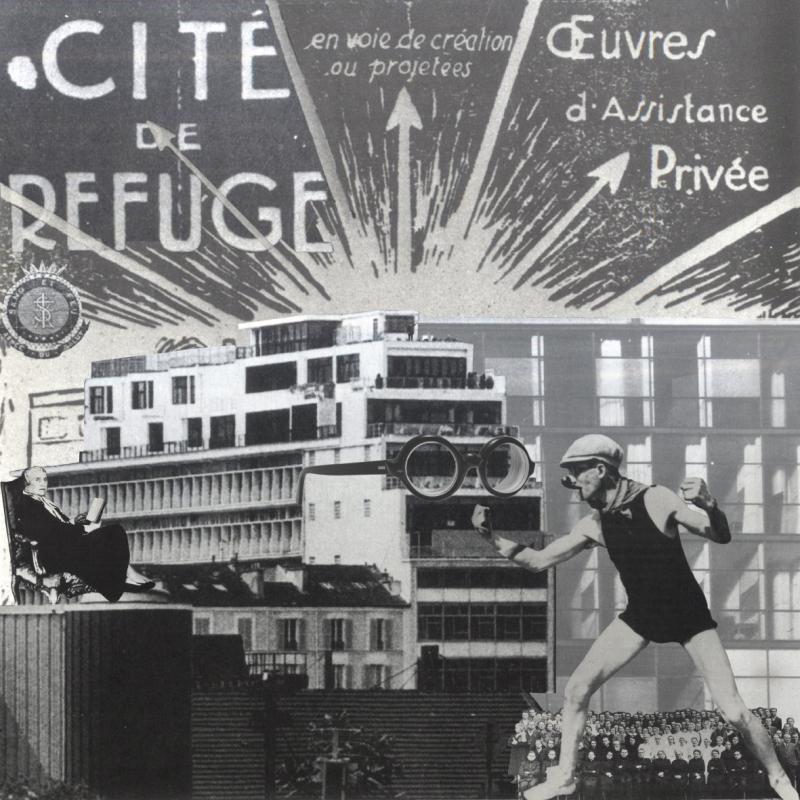

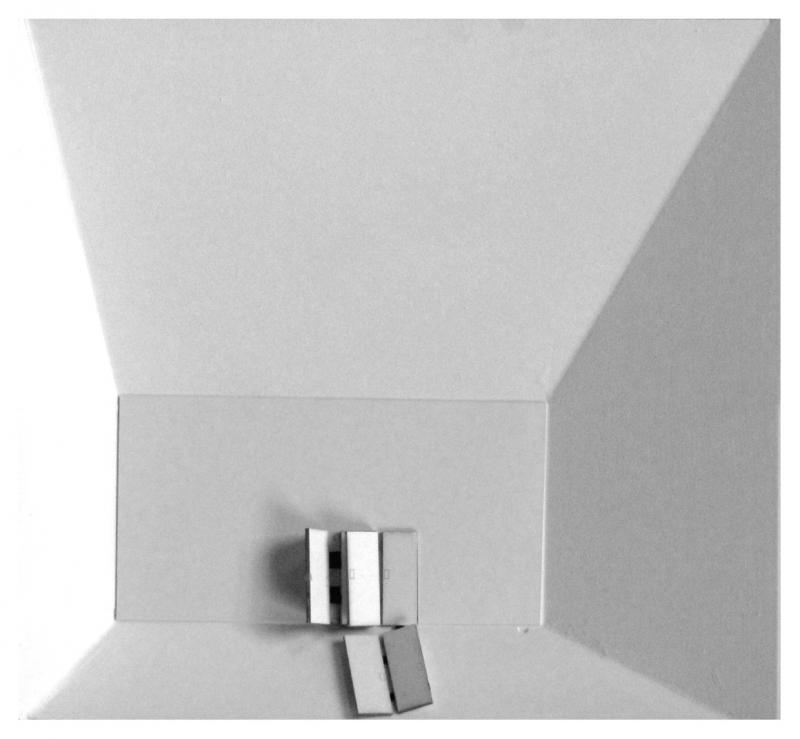
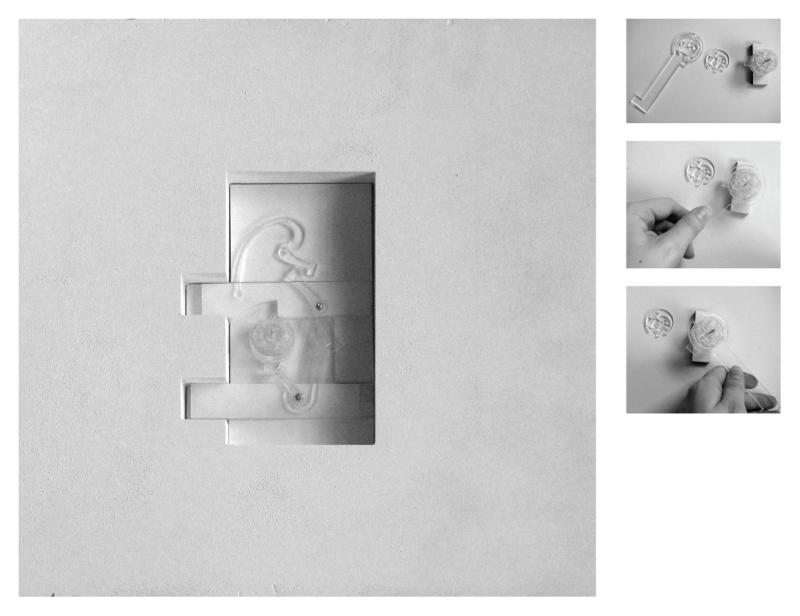
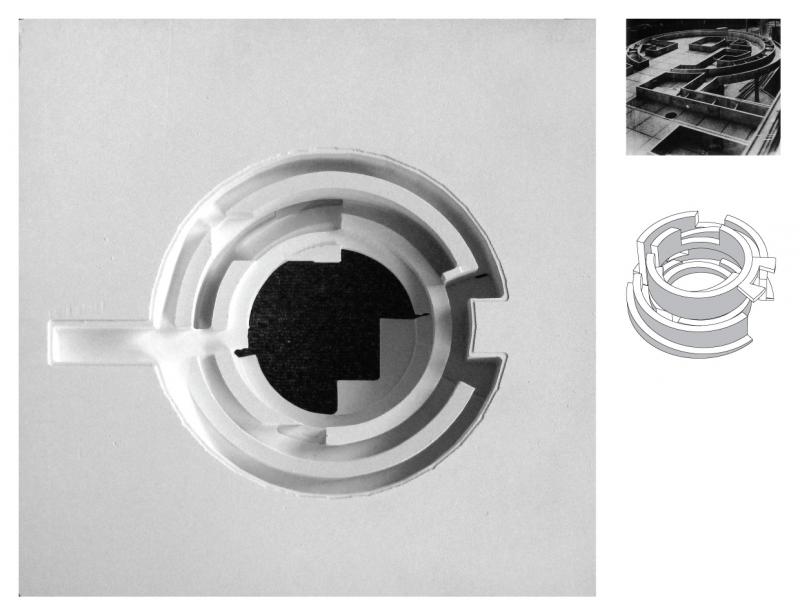
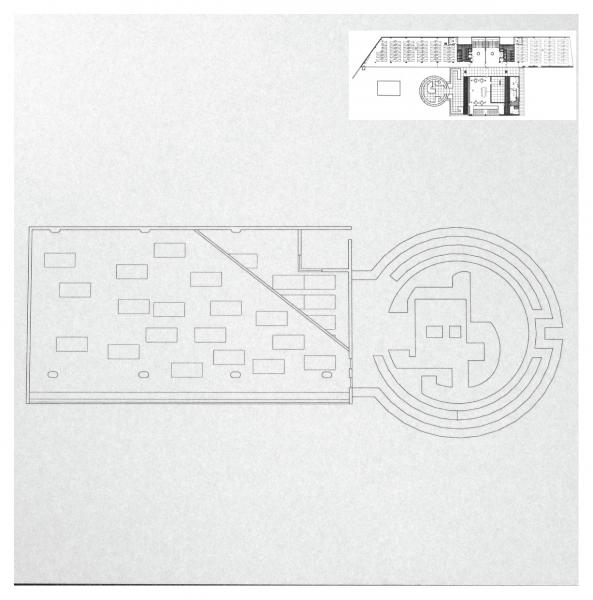
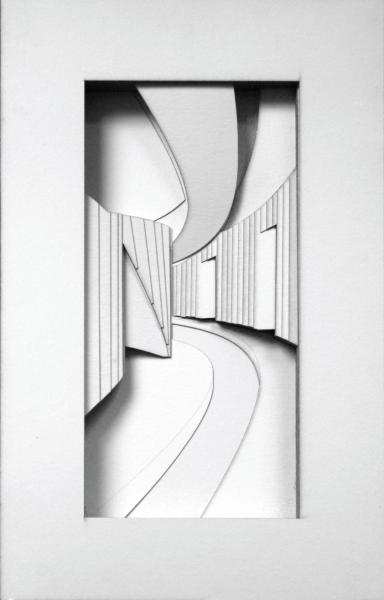
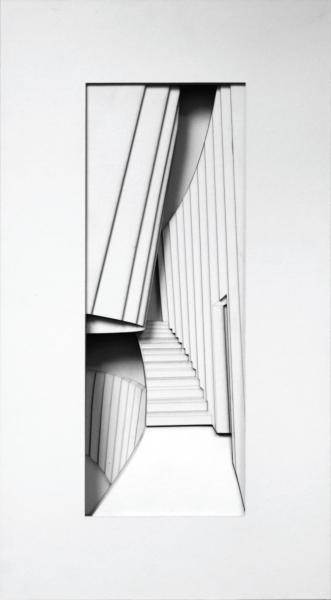
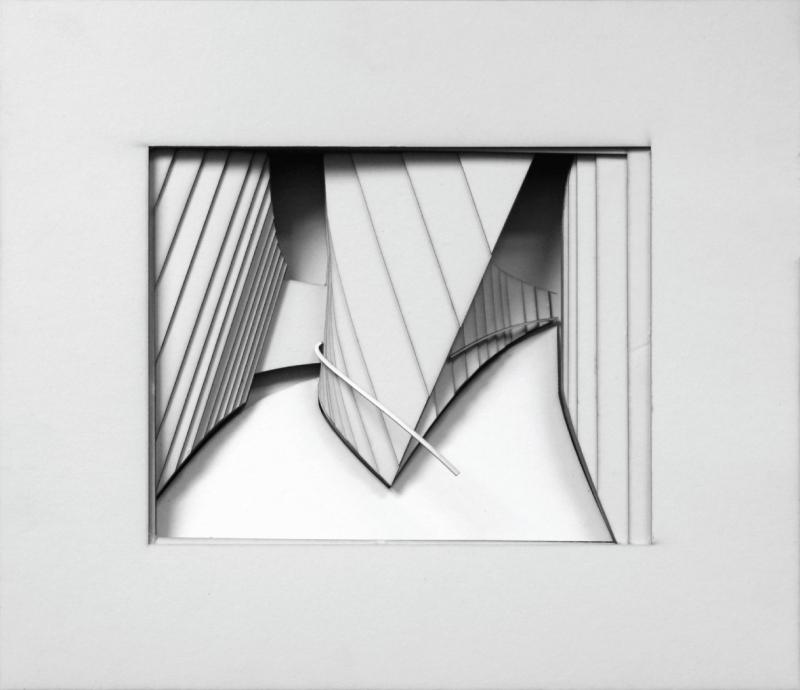
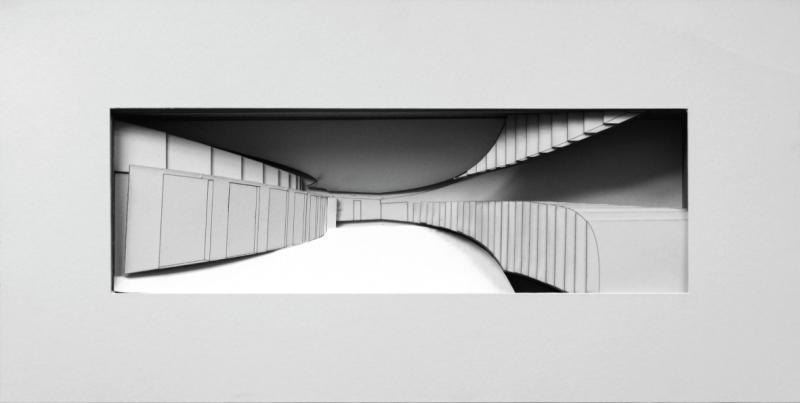
Architects seek to change the world.
Part ego, part naivety, we think we can construct utopia with the flick of the wrist, the click of the mouse. In an effort to construct this utopia in all its perfection, we inevitably seek to control experience. Our visions of utopia might claim freedom and flexibility, but any claim for freeom in architecture is a farce. Spatial devices are inherently iterations of restraint.
Architecture is ultimately a system of control.
It is in the overlap of the architect's intentions and the occupant's experience, as understood through select moments, where this investigation takes place in order to find and exploit our system of control.